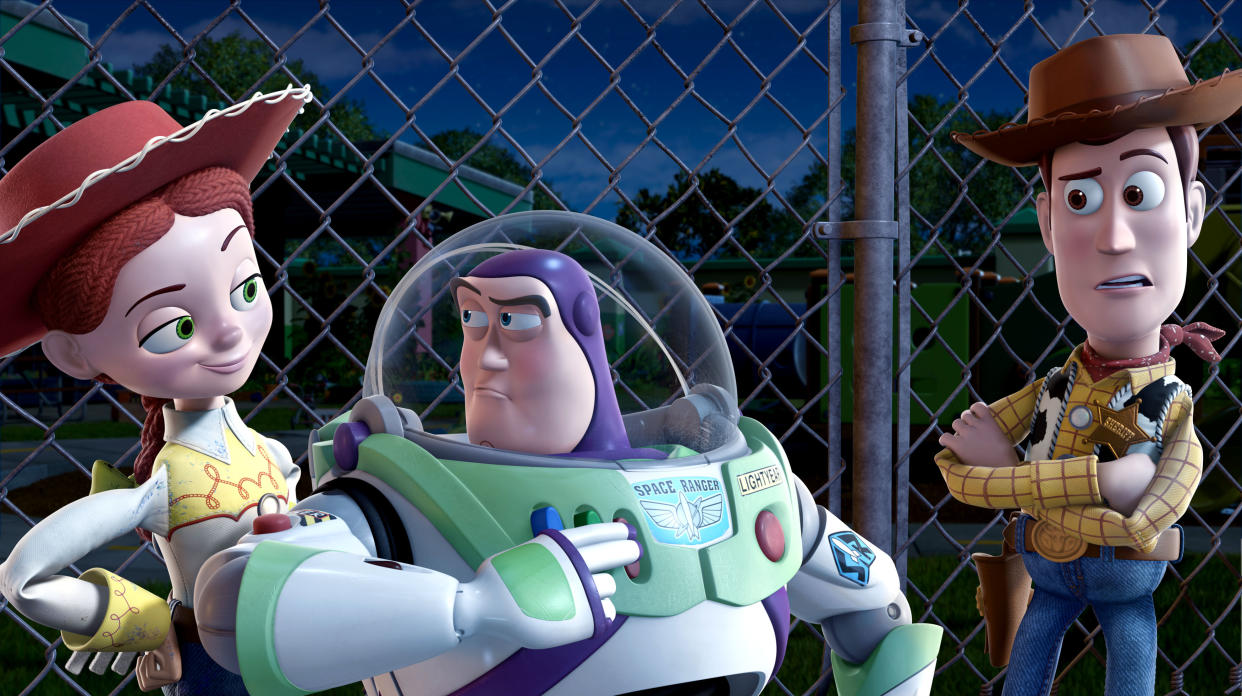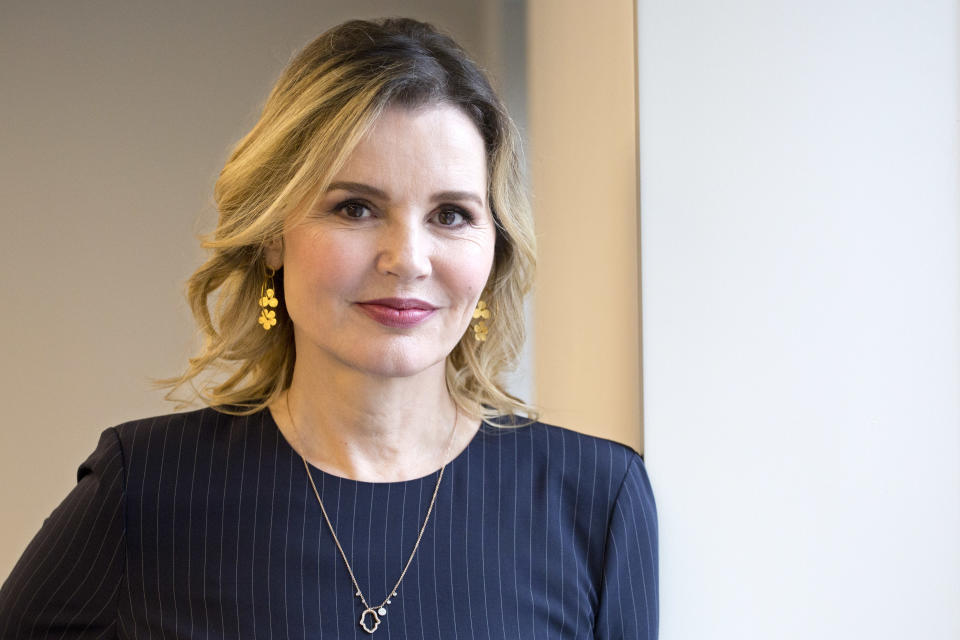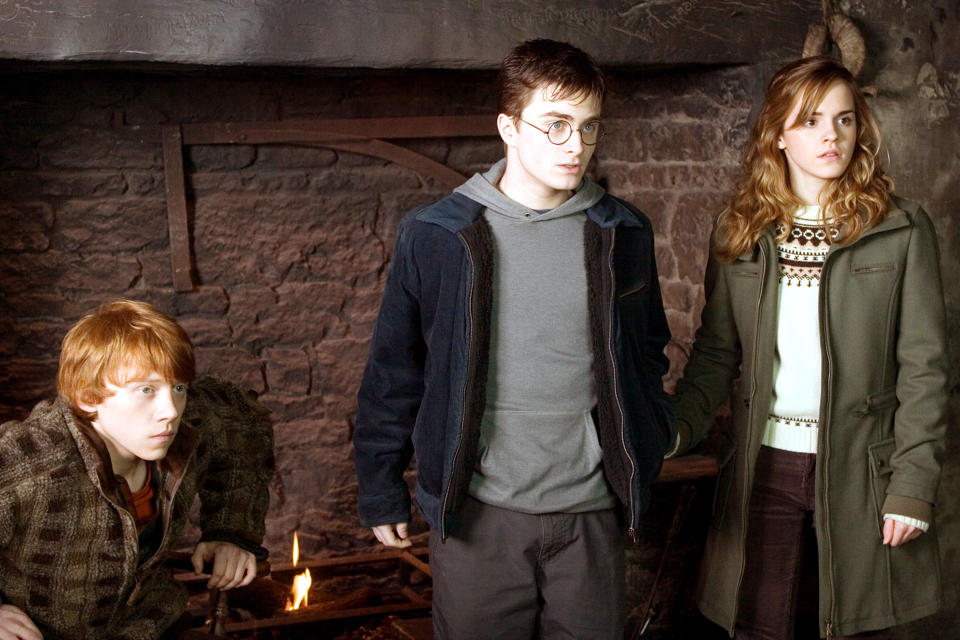Family films have twice as many male as female characters, says new study (exclusive)

In family films, female lead characters do the best at the box office — but male protagonists still outnumber them 2 to 1. That’s one of the key findings in a new study from the Geena Davis Institute on Gender and Media, which looks at diversity in the top 100 highest-grossing family films (both animated and nonanimated) released between 2007 and 2017. Yahoo Entertainment got an exclusive first look at the report, which shows a strong disparity between the characters on the big screen and the young people sitting in the audience.
In its analysis of over 1,000 characters from a decade of family films (all rated G, PG or PG-13), the Geena Davis Institute looked at the number of leads or co-leads who were female, people of color, LGBTQIA-identified or had a physical or cognitive disability. The report found that none of these groups were represented in a way that reflects their prevalence in the U.S. population.
For example, women represent 51 percent of the population (and 50 percent of moviegoers), but male characters show up twice as often as female characters in family films. People of color are 39 percent of the U.S. population (and 49 percent of moviegoers, according to the Motion Picture Association of America), yet less than 17 percent of lead characters in the films studied were people of color. Of those nonwhite characters, fewer than a third were female.

Representation is even worse for LGBTQIA people and people with disabilities. These groups comprise 3.4 percent and 18.7 percent of the U.S. population, respectively. But of the characters studied, less than 1 percent were identified as members of either group.
The Geena Davis Institute was founded by the Thelma & Louise actress 12 years ago, to study the depiction of men and women in children’s media and to advocate for better representation.
“Movies do more than inspire us; they promote acceptance and awareness of people’s identities,“ Academy Award-winning actor and founder Davis said in a press statement tied to the new report. “When the stories we tell don’t reflect the intersectionality in our society, children learn that people of marginalized identities simply matter less in our culture.”

Although the numbers show that the film industry is far from achieving parity, there are some positive trends, including marginal increases in the number of leads of color and female leads over the decade.
Researchers also found that since 2016, films led by female characters have surpassed the revenue of films with male leads at the global box office. And in 2017, family films starring leads of color out-earned similar films with white leads by 14 percent.
Take a look at the full Geena Benchmark Report here.
Read more from Yahoo Entertainment:


